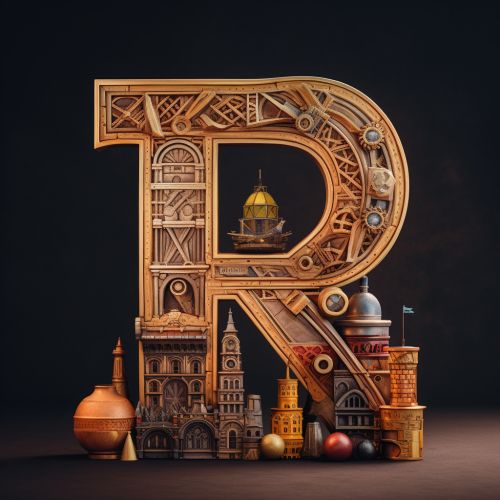Alphabet
Introduction
The alphabet is a system of written symbols or characters used to represent the phonemes of certain spoken languages. It is a principal method of communication and a fundamental aspect of human culture. The term "alphabet" comes from the first two letters of the Greek alphabet, "alpha" and "beta".


History
The concept of the alphabet has its roots in the system of writing developed by the ancient Phoenicians. This system, known as the Phoenician alphabet, was one of the first phonetic writing systems, in which symbols corresponded to sounds rather than ideas or objects. The Phoenician alphabet was later adapted by the Greeks, who added vowels to the system, creating the first true alphabet.
Structure of Alphabets
Alphabets typically consist of a set number of letters, each of which represents a phoneme, or basic sound unit, of a language. These letters can be combined in various ways to form words. The number of letters in an alphabet can vary greatly from language to language. For example, the English alphabet consists of 26 letters, while the Khmer alphabet has 74.
Letters
A letter is a symbol that represents a phoneme in a particular language. Letters can represent consonant or vowel sounds. In some alphabets, such as the Latin alphabet used in English, letters can represent multiple sounds depending on their context within a word.
Order
In most alphabets, the letters are arranged in a specific order. This order is often used for sorting words and names alphabetically in dictionaries and directories. The order of letters in an alphabet is also used in some systems of numerology.
Types of Alphabets
There are many different types of alphabets used around the world, each with its own unique set of letters and sounds. Some of the most widely used alphabets include the Latin alphabet, the Cyrillic alphabet, and the Arabic alphabet.
Latin Alphabet
The Latin alphabet is the most widely used alphabet in the world. It is used to write many languages, including English, French, German, Italian, Spanish, and many others. The Latin alphabet consists of 26 letters, 21 consonants and 5 vowels.
Cyrillic Alphabet
The Cyrillic alphabet is used to write many languages of Eastern Europe and Asia, including Russian, Ukrainian, Bulgarian, and many others. The Cyrillic alphabet was derived from the Greek alphabet and consists of 33 letters in its Russian form.
Arabic Alphabet
The Arabic alphabet is used to write the Arabic language, as well as several other languages of the Middle East and Africa. The Arabic alphabet consists of 28 letters, all of which are consonants. Vowel sounds are indicated by diacritical marks placed above or below the consonants.
Alphabet in Education
Learning the alphabet is a fundamental part of early education in many cultures. Children are taught the names and sounds of the letters of the alphabet, as well as how to write them. This foundational knowledge is essential for learning to read and write.
